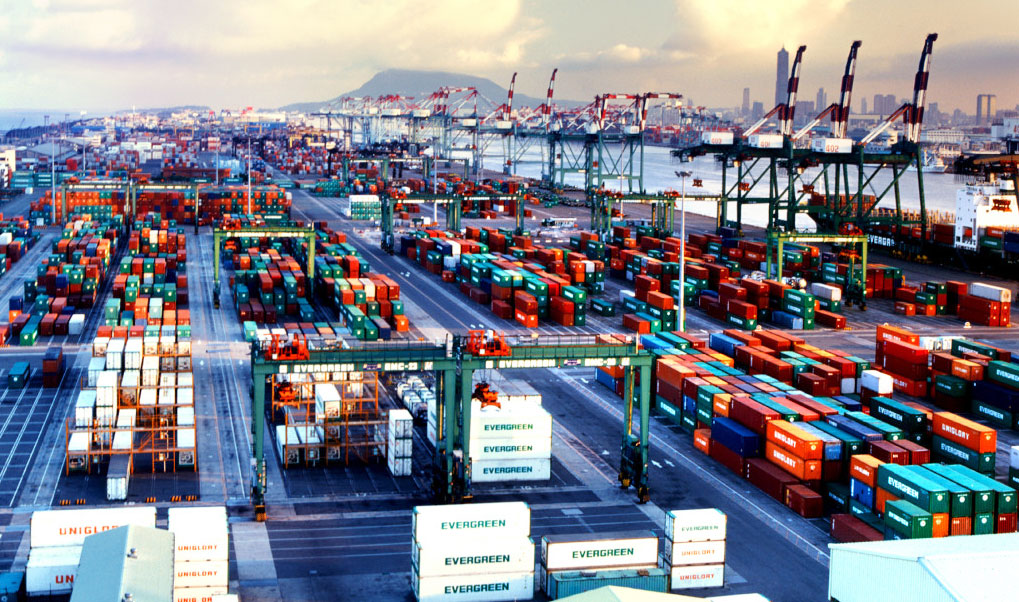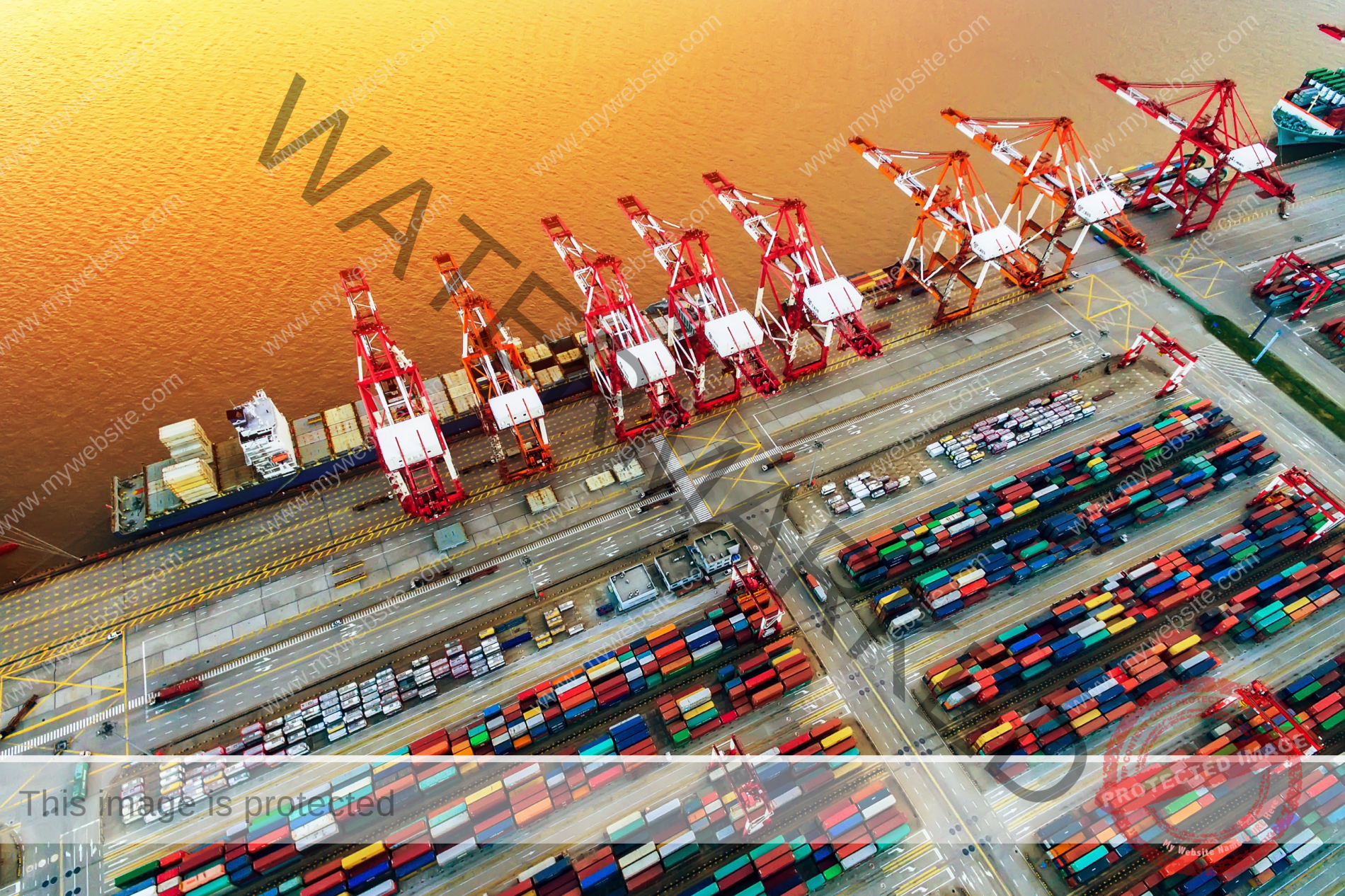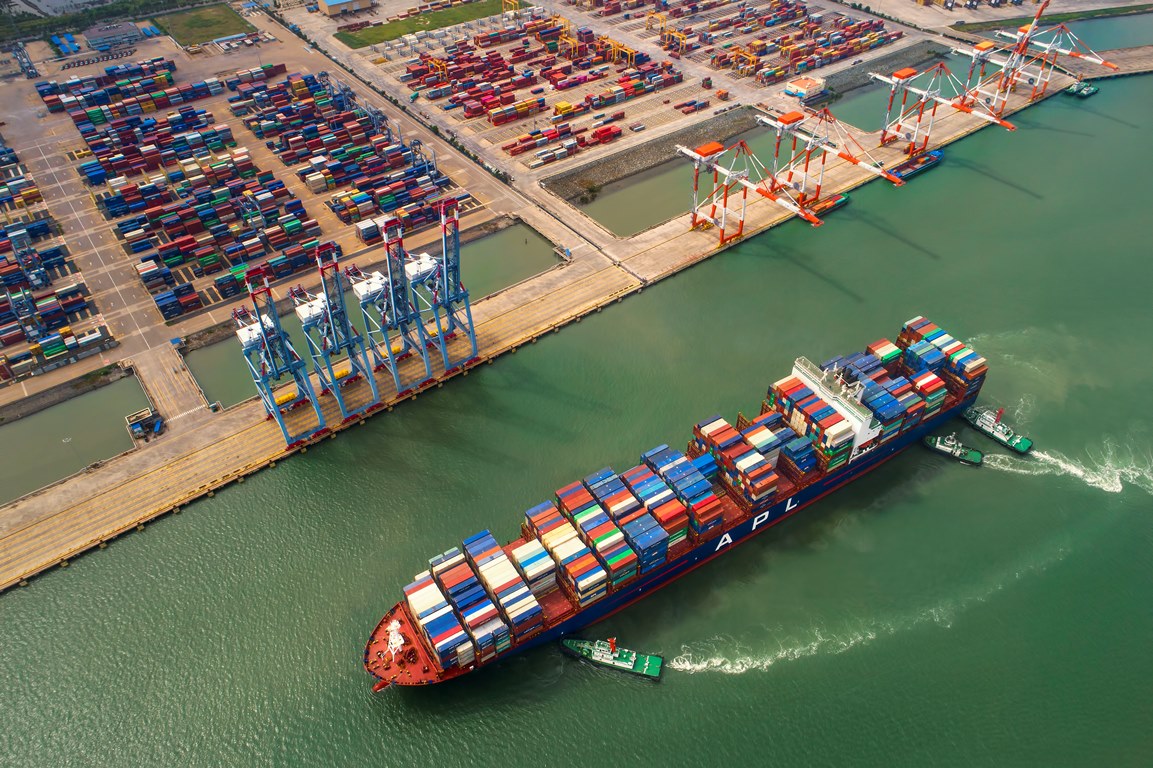As a country located in one of the world’s most dynamic regions, where trade flows are concentrated and economic openness exceeds 200%, Vietnam possesses favorable conditions and opportunities to develop logistics services. With 17 free trade agreements signed and implemented with nearly 70 countries and territories (including most major global economies, accounting for 90% of global GDP), along with double-digit growth in import-export turnover and e-commerce, Vietnam is considered a market with great potential for logistics development.
Despite impressive growth, the Vietnamese logistics industry still faces challenges such as high costs, underdeveloped infrastructure, low connectivity between modes of transport, and a shortage of qualified human resources. Most domestic enterprises are small in scale, lack competitiveness, and have not deeply integrated into global supply chains. Therefore, in the coming period, comprehensive solutions must be implemented to overcome these difficulties.

CURRENT POLICIES AND MECHANISMS FOR LOGISTICS DEVELOPMENT IN VIETNAM
To leverage advantages and opportunities, and to make logistics a spearhead sector contributing to national competitiveness, the Party and the Government have issued several guidelines and policies.
The 12th National Party Congress (2016) identified logistics as a “high value-added service sector” that must be modernized and expanded. The 13th Congress (2021) defined building synchronous infrastructure as one of three strategic breakthroughs for national development. Following this direction, Vietnam has gradually upgraded its road, rail, air, sea, and inland waterways to ensure inter-provincial and international connectivity.
The Government has concretized these directions through multiple policies. For example:
-
Decision No. 200/QĐ-TTg (2017): Action plan to enhance competitiveness and develop Vietnam’s logistics services to 2025.
-
Resolution No. 19/NQ-CP (2018): Target to reduce logistics costs to around 18% of GDP and improve Vietnam’s ranking in the Logistics Performance Index (LPI) by 10 places (currently 64/160).
-
Directive No. 21/CT-TTg (2018): Measures to reduce logistics costs and improve infrastructure connectivity, with an emphasis on integrating logistics with e-commerce and adopting IT-based supply chain management models.
-
Decision No. 221/QĐ-TTg (2021): Amending Decision No. 200 to further enhance logistics competitiveness.
-
Resolution No. 11/NQ-CP (2022): Socio-economic recovery and development program, aimed at reducing logistics costs and aligning with global recovery trends.
-
Resolution No. 163/NQ-CP (2022): Focused on sustainable supply chains, digital transformation, technology adoption, and human resources development.
The implementation of the ASEAN Single Window and the National Single Window, legalized under the 2014 Customs Law and Decree No. 08/2015/NĐ-CP, has also benefited logistics enterprises by reducing administrative procedures, cutting costs and time, and simplifying interactions with authorities.
According to the Draft “Logistics Development Strategy of Vietnam to 2030, Vision 2050” by the Ministry of Industry and Trade, the targets are:
-
By 2030: logistics contributes 6–8% of GDP, outsourcing rate reaches 60–70%, logistics costs reduced to 16–18% of GDP.
-
By 2050: logistics contributes 12–15% of GDP, outsourcing rate 70–90%, costs reduced to 10–12% of GDP, and LPI ranking within the world’s top 30.
CURRENT STATUS OF LOGISTICS DEVELOPMENT IN VIETNAM
Achievements
According to the Vietnam Logistics Report 2024: Free Trade Zone by the Ministry of Industry and Trade, the logistics industry currently contributes about 4–5% of GDP, with an average annual growth rate of 14–16% during 2018–2023.
In 2024, Vietnam ranked:
-
10th among emerging logistics markets,
-
4th in logistics opportunities index,
-
Top 43 globally in LPI.
Highlights include:
-
Over 30,000 modern warehouses and 6 new first-tier logistics centers, meeting international standards.
-
A national transport network reaching all regions, improving efficiency and supply chain formation.
-
Numerous policies and reforms simplifying procedures and encouraging international cooperation.
-
Stronger focus on green supply chains and sustainable logistics at both macro and enterprise levels.
According to the World Bank (2023):
-
Vietnam’s LPI score was 3.3, ranking 43rd out of 154 economies, 5th in ASEAN.
-
Logistics revenue grew 14–16% annually, reaching USD 40–42 billion.
-
The number of logistics enterprises has expanded rapidly, with modern services forming integrated supply chains across regions and into neighboring countries.
Vietnam’s global LPI ranking improved from 53rd (2007) to 43rd (2023), reflecting efforts in infrastructure, digitalization, and supply chain optimization.
Limitations and Challenges
-
High logistics costs – around 20% of GDP, compared to 7–9% in developed countries. For instance, domestic container transport can cost more than international routes due to poor connectivity and traffic congestion (e.g., Cat Lai Port in HCMC faces severe congestion).
-
Human resources shortage – By 2030, demand is projected at 200,000 workers, but current capacity meets only about 10%. Only 5–7% of employees are formally trained in logistics. Over 53% of enterprises report lacking skilled staff, forcing 30% to retrain.
-
Weak competitiveness of domestic firms – Vietnam has over 30,000 registered logistics companies, including more than 5,000 3PL providers. While 89% are local, they hold only 30% of market share, with the remainder dominated by global giants like DHL, Kuehne+Nagel, DSV, and DB Schenker. Most local firms are SMEs with limited capital, human resources, and international experience, leading to weak supply chain integration.
RECOMMENDED SOLUTIONS
To drive logistics development toward international integration, several solutions should be prioritized:
-
Improve policies and legal frameworks – Update and issue new laws covering logistics services, multimodal transport, and cross-border trade. Align with international commitments.
-
Develop infrastructure and connectivity – Ensure synchronized planning for logistics centers, ICDs, bonded warehouses, and multimodal transport. Restructure the domestic transport market by reducing dependence on roads and expanding rail and inland waterways.
-
Expand logistics markets – Promote logistics services through trade fairs, international forums, and partnerships. Encourage outsourcing of logistics to specialized providers for efficiency. Integrate logistics with e-commerce trends.
-
Accelerate digital transformation – Apply AI, blockchain, and IoT to optimize supply chains. AI can predict demand and optimize routes; blockchain ensures transparency; IoT provides real-time tracking for timely adjustments.
-
Develop high-quality human resources – Enhance collaboration between training institutions and enterprises. Strengthen practical training in supply chain management, foreign languages, and digital skills to meet future demand.










